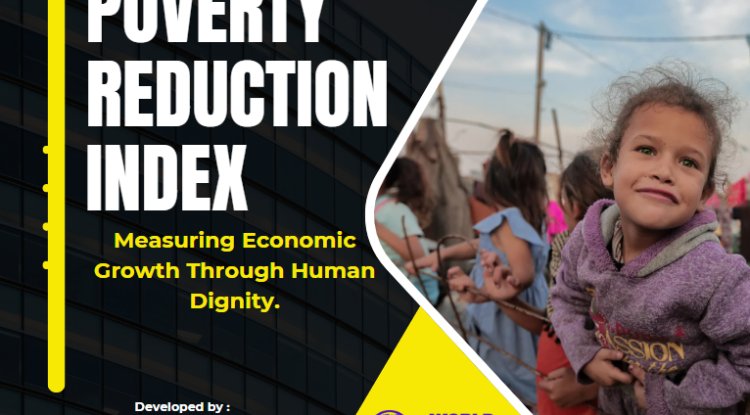Understanding The Underlying Causes Of Homelessness
It is crucial to comprehend the factors that lead individuals to become homeless in the first place. These include poverty, mental illness, lack of affordable housing options, inflation, crisis, uncontrolled border, refugee crisis, etc.

There are various underlying causes that contribute to the persistence of homelessness around the world. To effectively address this problem. In the United States of America alone, there are estimated 10million homeless people living in various shelters and mostly on every corner of the streets in a daily increasing measure.
It is crucial to comprehend the factors that lead individuals to become homeless in the first place. These include poverty, mental illness, lack of affordable housing options, inflation, crisis, uncontrolled border, refugee crisis, etc.
Lack Of Affordable Housing Options:
As listed above, one of the significant causes of homelessness is the lack of affordable housing options, particularly in urban areas experiencing rapid gentrification and rising living costs. Additionally, systemic issues such as poverty, unemployment, and inadequate social support networks can push vulnerable individuals into homelessness. Lack of affordable housing also occur when people have very low income or even no income at all to meet up with their daily basic feeding needs.
Mental health disorders and substance abuse problems further compound these challenges by inhibiting individuals' ability to maintain stable housing. Furthermore, domestic violence and family breakdowns can force people onto the streets as they seek refuge from unsafe environments. By understanding these underlying causes, policymakers and service providers can develop comprehensive strategies that focus on prevention measures and emergency interventions tailored to address each individual's unique circumstances.
Implementing Effective Prevention Strategies
In order to address the underlying causes of homelessness, enhancing access to affordable housing options is paramount. This can be achieved through the introduction of poverty alleviation programs, job creations, increase in minimum wage, provision of rent subsidies for low income earners, expanding affordable housing programs, and increasing the availability of supportive housing for vulnerable populations. Secondly, comprehensive support services should be made accessible to individuals at risk of homelessness. These services should focus on mental health care, substance abuse treatment, and job training programs to assist individuals in maintaining stable employment and financial stability. Additionally, early intervention programs that target at-risk populations such as youth aging out of foster care or individuals exiting correctional facilities can play a significant role in preventing homelessness. By investing in these prevention strategies, we can work towards breaking the cycle of homelessness and ensuring a more stable future for all individuals in our society.
The Importance Of Emergency Intervention For The Homeless Population
Emergency intervention plays a crucial role in addressing the needs of the homeless population, offering immediate relief and support. When individuals find themselves without a home, they often face numerous challenges, including lack of shelter, food insecurity, and vulnerability to violence. Emergency interventions provide essential services like emergency shelters, hot meals, and medical assistance to ensure their basic needs are met.
Moreover, emergency interventions act as a gateway to long-term solutions by connecting individuals with resources such as housing programs and job training opportunities. By providing immediate assistance, these interventions not only offer relief from the hardships of homelessness but also help prevent further deterioration of physical and mental health.
However, it is important to recognize that emergency intervention alone cannot solve homelessness. Addressing the underlying causes is equally vital to prevent individuals from experiencing repeated episodes of homelessness in the future.
Promoting Long-Term Solutions: Addressing The Root Causes Of Homelessness
To effectively combat homelessness, it is crucial to focus on addressing the root causes rather than solely providing emergency interventions. While emergency shelters and immediate assistance are vital, they only offer temporary relief without tackling the underlying issues. By prioritizing prevention strategies and long-term solutions, we can create lasting change. One key aspect is affordable housing. The lack of affordable options pushes individuals into homelessness or keeps them trapped in a cycle of poverty.
Governments must invest in affordable housing initiatives and develop policies that ensure access for all. Additionally, addressing mental health challenges and substance abuse is essential. Many individuals experiencing homelessness struggle with untreated mental health disorders or addiction issues. Comprehensive programs that provide counseling, rehabilitation services, and support networks can help break the cycle of homelessness. Furthermore, education and employment opportunities play a significant role in preventing homelessness.




















